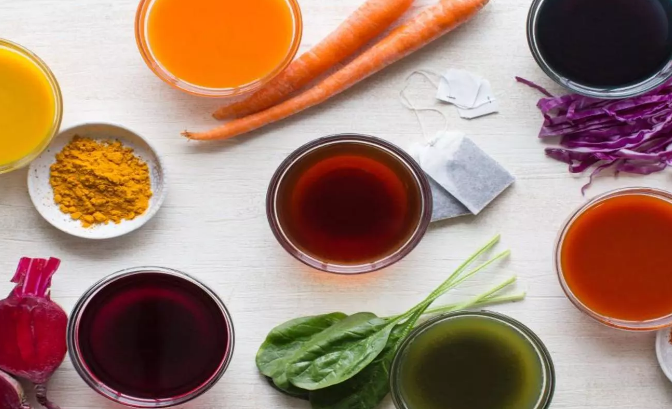Natural food colors have been gaining traction in the food industry in recent years, as consumers become more aware of the potential health risks associated with artificial food colors. In response, food manufacturers are turning to natural alternatives to meet the demand for colorful and visually appealing food products. In this article, we will explore the world of natural food colors, including current trends, growth potential, and challenges in the market. Natural food colors are derived from natural sources such as fruits, vegetables, and plants. They are free from synthetic chemicals and are perceived as a safer and healthier option by consumers. Natural food colors are also more environmentally friendly than artificial colors, as they are biodegradable and sustainable.
The Natural food color market has been experiencing steady growth over the past few years. According to a report by Mordor Intelligence, the global natural food color market is expected to grow at a compound annual growth rate (CAGR) of 7.8% from 2021 to 2026. This growth is attributed to the increasing demand for clean label products, the rise in health awareness among consumers, and the strict regulations on the use of artificial colors in various regions.
One of the major trends in the natural food color market is the use of botanicals. Botanicals are plant-based ingredients that provide a range of health benefits and are being increasingly used in food products. Natural food colors derived from botanicals are becoming popular as they offer additional health benefits beyond color, such as antioxidants and anti-inflammatory properties. Another trend in the natural food color market is the use of vegetable powders. Vegetable powders are made from dehydrated vegetables and are a natural alternative to artificial food colors. They can be used in a wide range of applications, including baked goods, snacks, and beverages, providing both color and flavor.
However, there are also challenges in the natural food color market. One of the biggest challenges is the high cost of natural food colors compared to artificial colors. Natural food colors require a higher level of processing, which can make them more expensive to produce. In addition, natural food colors can be more sensitive to heat and light, which can affect their stability and shelf life. In conclusion, the natural food color market is poised for significant growth as consumers increasingly seek clean label and healthy food products. The trend towards using natural alternatives in the food industry is likely to continue, driven by consumer demand and regulatory pressures. However, to fully realize the potential of the natural food color market, the industry will need to overcome the challenges associated with cost, stability, and availability.
